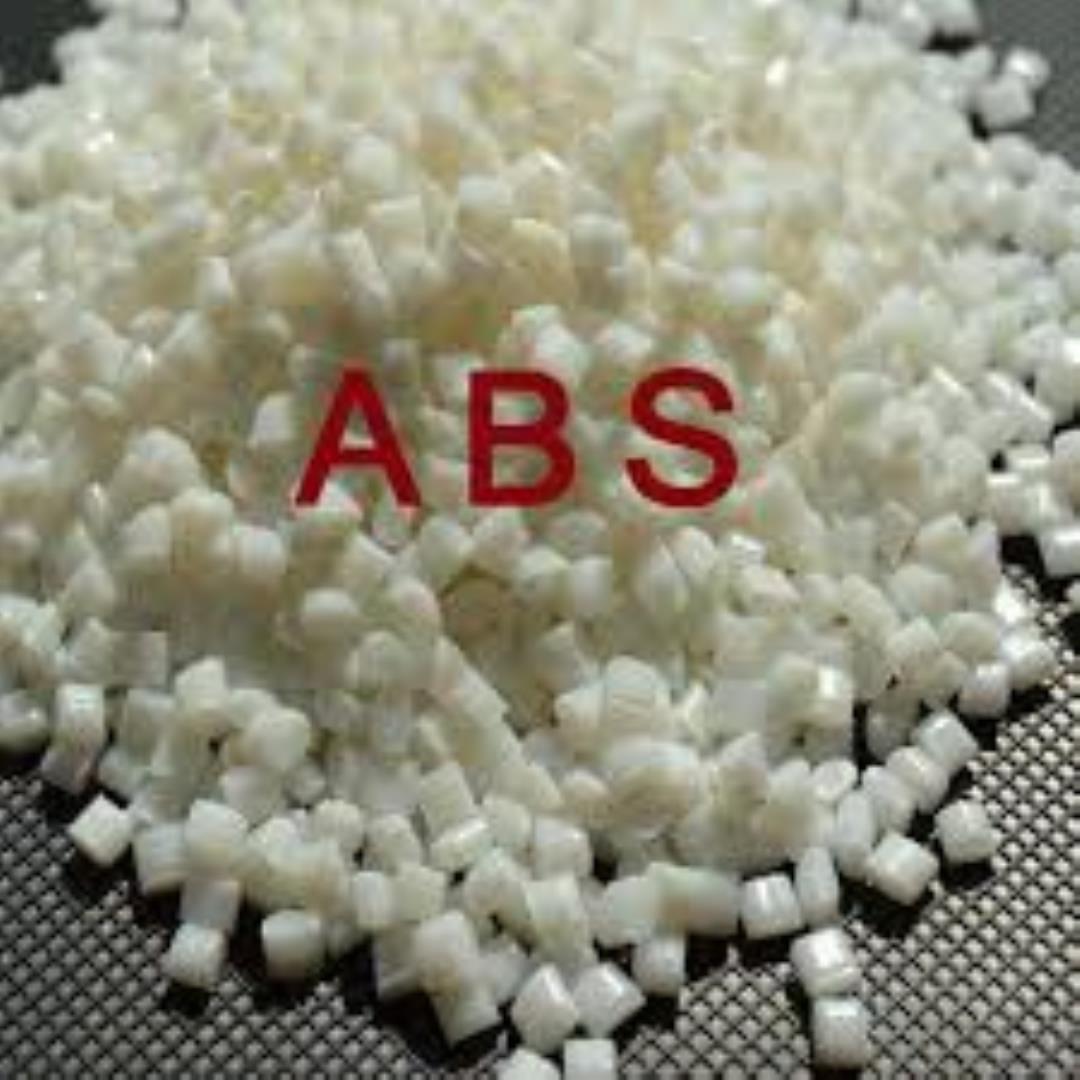Acrylonitrile Butadiene Styrene (ABS) is an opaque thermoplastic and amorphous polymer. “Thermoplastic” (as opposed to “thermoset”) refers to the way the material responds to heat.
Thermoplastics become liquid (i.e. have a “glass transition”) at a certain temperature (221 degrees Fahrenheit in the case of ABS plastic). They can be heated to their melting point, cooled, and re-heated again without significant degradation.
Instead of burning, thermoplastics like ABS liquefy, which allows them to be easily injection molded and then subsequently recycled.
By contrast, thermoset plastics can only be heated once (typically during the injection molding process). The first heating causes thermoset materials to set (similar to a 2-part epoxy), resulting in a chemical change that cannot be reversed. If you tried to heat a thermoset plastic to a high temperature a second time, it would simply burn. This characteristic makes thermoset materials poor candidates for recycling. ABS is also an amorphous material meaning that it does not exhibit the ordered characteristics of crystalline solids.

